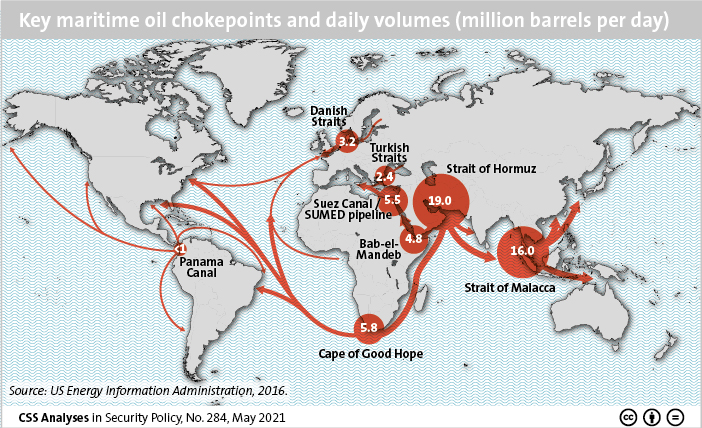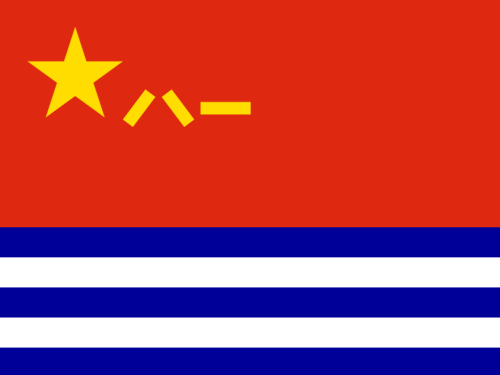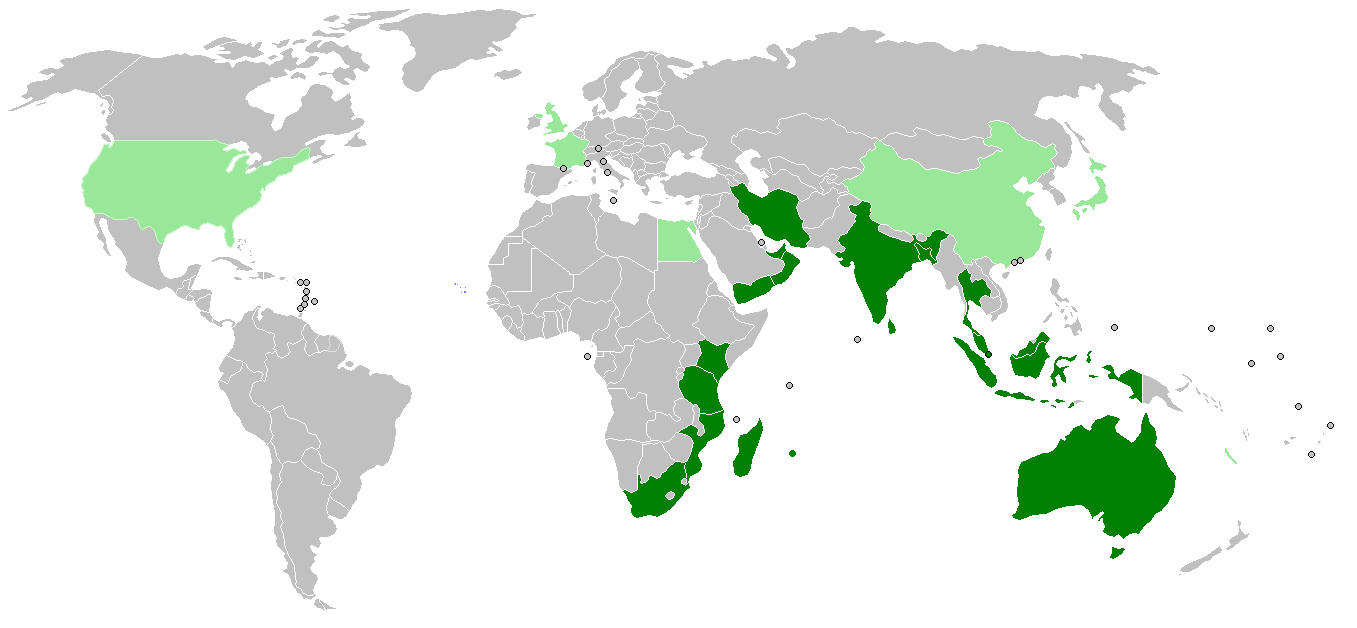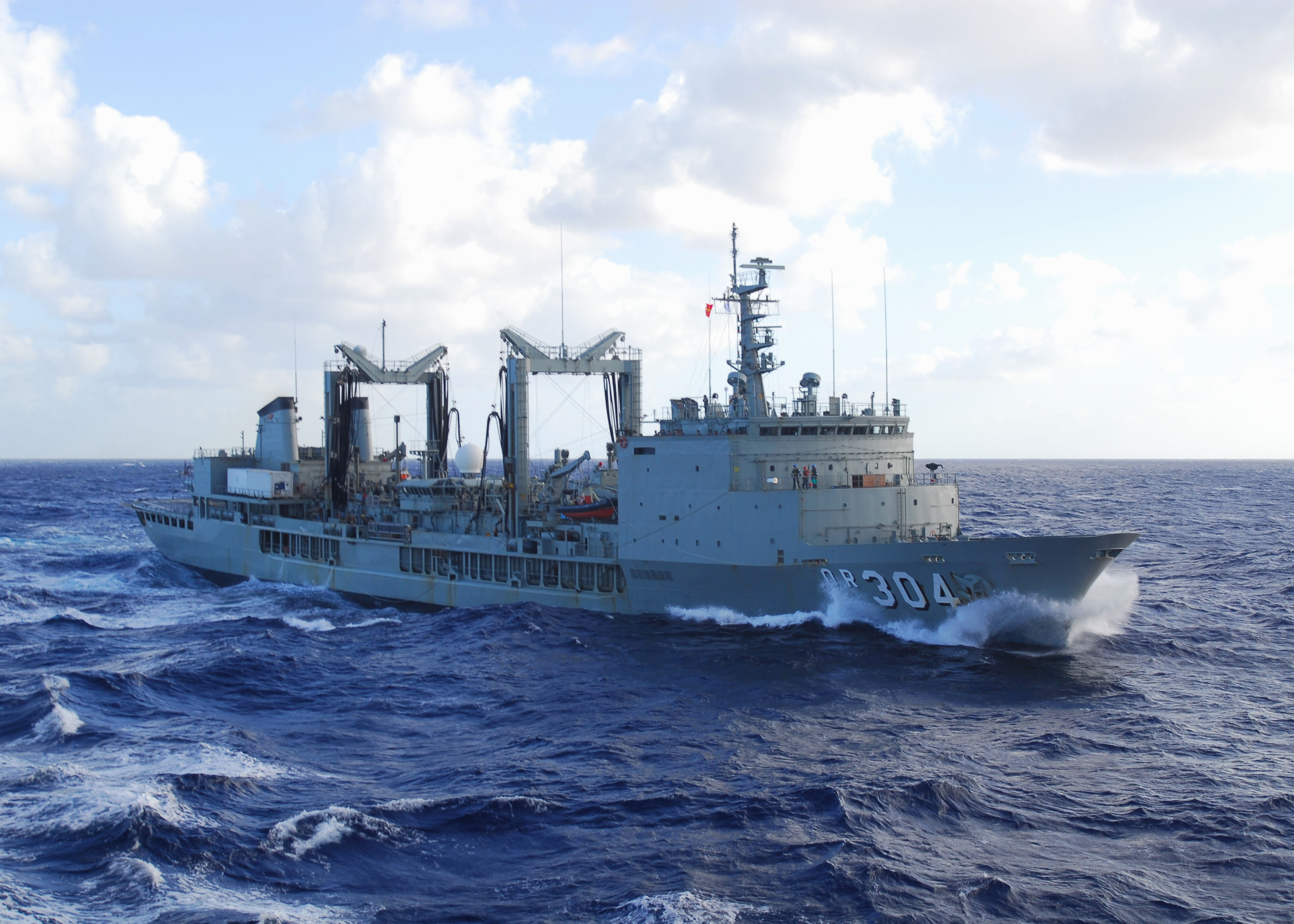
This week’s featured graphic maps key maritime oil chokepoints and daily volumes. For more on the Geostrategic Storm in the Indian Ocean read Boas Lieberherr’s CSS Analysis in Security Policy here.

This week’s featured graphic maps key maritime oil chokepoints and daily volumes. For more on the Geostrategic Storm in the Indian Ocean read Boas Lieberherr’s CSS Analysis in Security Policy here.

This article was originally published by the Center for International Maritime Security (CIMSEC) on 1 October 2014.
A Chinese military website, ostensibly sponsored by the People’s Liberation Army, quoting Sri Lanka media has reported that a Chinese Type 039 diesel-electric Song-class submarine along with Changxing Dao, a submarine support ship from the North Sea Fleet was sighted berthed alongside at the Colombo International Container Terminal. Although the pictures of the submarine and the support vessel together in the port have not been published either by the Sri Lankan or the Chinese media, it is believed that the submarine arrived in early September just before the Chinese President Xi Jingping’s visit to Sri Lanka. The report also states that the submarine was on a routine deployment and had stopped over for replenishment. Further, a Chinese naval flotilla would call at a Sri Lankan port later in October and November.

Martin Zapfe, what themes and subjects will be covered in this ‘series’ of publications and events?
We will cover a variety of issues on security in Asia – some that are at the center of public attention – like the re-militarization of Japan under Prime Minister Shinzo Abe – and some that often evade public scrutiny, like China’s maritime strategy in the Indian Ocean. Michael Haas and Prem Mahadevan will look at those two themes in-depth in two “CSS Analyses”. In addition, the Center for Security Studies’ (CSS) “Global Security Team” will look at war risks in Asia and determine whether often-applied analogies to “1914”are applicable to present-day Asia. If that really is the case, what does it tell us about possible policy responses? An additional CSS Policy Perspectives to be published later this month will explore this question in greater depth. Finally, we will host a CSS Evening Talk in early July, when the International Institute for Strategic Studies’ (IISS) Christian LeMière will discuss how Switzerland could be affected from security risks emanating from Asia.

This is a cross-post from the Australian Strategic Policy Institute‘s blog The Strategist.
It’s fair to say that, despite the existence of initiatives and organisations such as the Indian Ocean Naval Symposium (IONS) and the Indian Ocean Rim Association (IORA), Indian Ocean regional architecture is under-developed. This reflects a lack of shared interests relative to some other regions, including limited economic and strategic integration, great socio-economic disparities, and modest people-to-people links. Yet there’s benefit in seeking to address Indian Ocean transnational issues by regional means.

The Australian public is being reminded of Indonesia’s importance to the country’s foreign and defence policy—past, present and future.
Last Thursday, many Australian viewers switched their televisions over to the Australian Broadcasting Corporation (ABC) in an attempt to escape from the media frenzy surrounding the release of Australian citizenSchapelle Corby from prison in Indonesia. They found the national broadcaster’s Lateline program reporting on another, far more significant story emanating from their near north.
On February 1, the Chinese navy (PLAN) sent a taskforce of three warships from Hainan in southern China through the Sunda Strait in Indonesia, along the south coast of Java and past Christmas Island into the Indian Ocean. Two Chinese destroyers accompanied an advanced 20,000-ton amphibious ship, capable of carrying hundreds of marines, and conducted a series of combat simulations before heading north through the Lombok and Makassar Straits and into the Pacific.